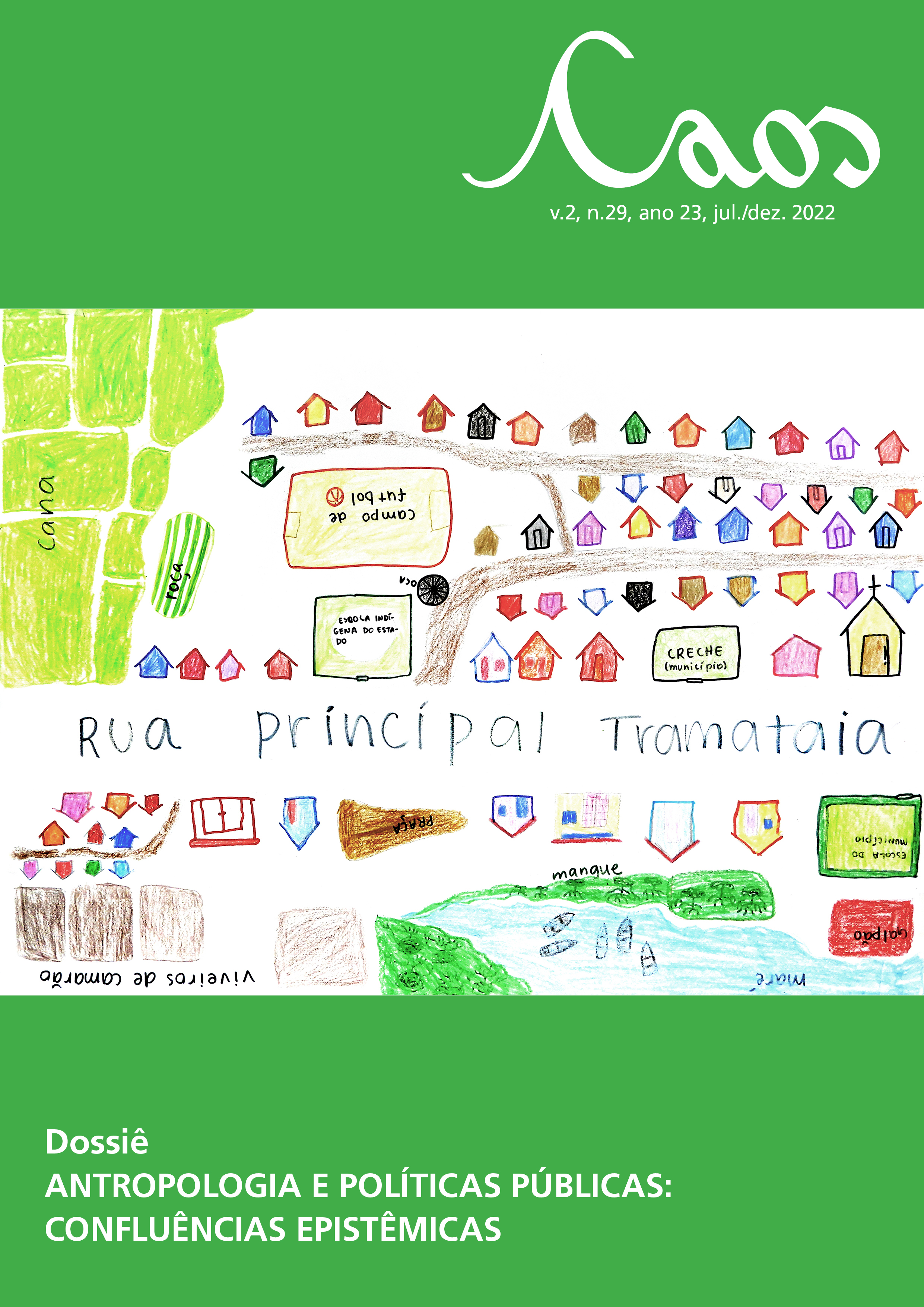THE ARTISTIC PRACTICES OF STREET ART IN RECIFE: relations with techniques and public policies
DOI:
https://doi.org/10.46906/caos.n29.62789.p16-34Keywords:
Old Recife, streetArt, public policies, graffitti e pixoAbstract
Every society is constituted politically, economically and culturally. In this sense, the pluralities of identities, as well as the technical forms of execution of artistic practices, serve for the purpose of analyzing representations. From this, I seek to relate Molefi K. Asante's methodology of Afrocentricity (2009) in order to analyze the effects of the process of deconstruction of racist ideology, dialoguing with the historical consciousness of cultural resistance, and the epistemology of cultural practices (artistic technical reproducibility) of survival of black people that manifest themselves in the cultural context of the historic center of Recife, through the analysis of four images of graffiti and pixo. Questions are considered: Does the state of Pernambuco produce public policies for the integration of these expressions into the cultural environment? How do these artists feel about using them or not? It is understood that every individual develops in a social environment, and consequently, the creative and technical processes also allow us to understand ourselves socially.
Downloads
Metrics
Published
Issue
Section
License
Copyright (c) 2022 Marianne Muniz Atanazio, Marco Aurélio Paz Tella

This work is licensed under a Creative Commons Attribution-NonCommercial 4.0 International License.
A Caos é regida por uma Licença da Creative Commons (CC): CC BY-NC 4.0, aplicada a revistas eletrônicas, com a qual os autores declaram concordar ao fazer a submissão. Os autores retêm os direitos autorais e os de publicação completos.
Segundo essa licença, os autores são os detentores dos direitos autorais (copyright) de seus textos, e concedem direitos de uso para outros, podendo qualquer usuário copiar e redistribuir o material em qualquer suporte ou formato, remixar, transformar e criar a partir do material, ou usá-lo de qualquer outro propósito lícito, observando os seguintes termos: (a) atribuição – o usuário deve atribuir o devido crédito, fornecer um link para a licença, e indicar se foram feitas alterações. Os usos podem ocorrer de qualquer forma razoável, mas não de uma forma que sugira haver o apoio ou aprovação do licenciante; (b) NãoComercial – o material não pode ser usado para fins comerciais; (c) sem restrições adicionais – os usuários não podem aplicar termos jurídicos ou medidas de caráter tecnológico que restrinjam legalmente outros de fazerem algo que a licença permita.
Recomendamos aos autores que, antes de submeterem os manuscritos, acessem os termos completos da licença (clique aqui).
















